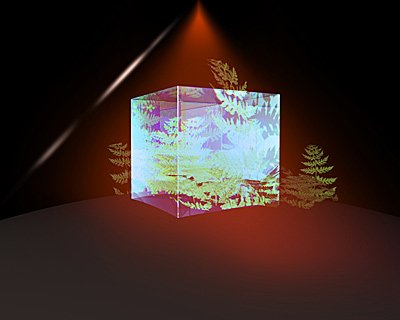FLEX - to observe global photosynthesis through the measurement of fluorescence

The FLuorescence EXplorer (FLEX) was one of the six missions selected by the ESA's Programme Board for Earth Observation on 18-19 May 2007 to initiate phase-O assessment studies within the ESA Earth Explorer Programme.
The main aim of the FLEX concept is to make global observations of photosynthesis through the measurement of green vegetation chlorophyll fluorescence. Fluorescence radiation is emitted by green vegetation in the visible and near-infrared region of the electromagnetic spectrum. A number of laboratory measurements have demonstrated that fluorescence provides unique information about the photosynthetic activity of plants. FLEX will carry a very high-spectral resolution imaging spectrometer that will enable the decoupling of the weak fluorescence signal from the reflected sunlight background at the oxygen-A and oxygen-B atmospheric absorption regions (at 760 nm and 687.5 nm, respectively). Secondary instruments will support by providing key ancillary information for the most accurate retrieval and interpretation of the fluorescence signal. For example, a thermal spectrometer will provide data about the vegetation temperature, which together with the fluorescence observations will allow for the assessment of light-use efficiency and exchange of carbon between plants and the atmosphere.
Three parallel studies were developed in order to assess the feasibility of the mission, to consolidate the mission requirements and to analyse the usability of chlorophyll-fluorescence for regional dynamic vegetation modeling. One of those studies, Atmospheric Corrections for Fluorescence Signal Retrieval, was carried out between September 2007 and January 2009 by a consortium composed by GFZ-Potsdam, NLR-Netherlands, University of Valencia and Free University Berlin, under GFZ coordination as Principal Investigator. The main objective of this study was to implement a methodology for the retrieval of the vegetation fluorescence signal and surface reflectance from FLEX measurements. The simulation of high spectral resolution optical data, the accurate modeling of the radiative transfer between surface and atmosphere at the visible and near-infrared spectral regions and the analysis and validation of the developed methodology with both simulated and real data were some of the challenges of this study.

